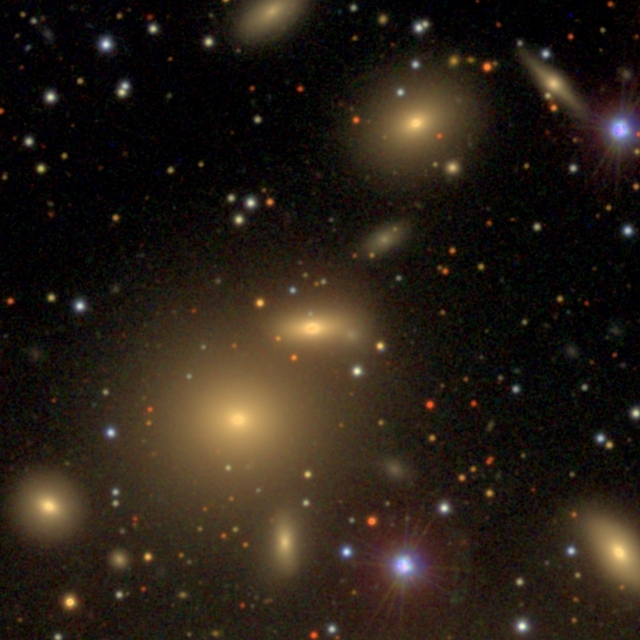Astronomers puzzled over huge black hole in the middle of small galaxy
Ars Technica » Scientific Method 2012-11-28

The supermassive black holes occupying the centers of most galaxies have a close relationship with their galactic hosts. Galaxies with large central bulges have massive black holes, while the relatively lightweight black holes live in galaxies with smaller bulges. This link has been observed in enough cases to raise it nearly to a principle: black holes and galactic bulges grow together, as part of a single process.
A new observation has revealed a galaxy that isn't just bending the rule, but completely breaking it. In most systems, the black hole's mass is about 0.1 percent of the mass of the galaxy's central bulge. Remco van den Bosch and colleagues identified a black hole with a mass that's about 59 percent of the mass of the central bulge. In fact, this black hole is one of the most massive ever observed, a striking discovery in a galaxy much smaller than our own. The galaxy itself is a bit on the small side, and the researchers suggest that we might want to look at the black holes in more galaxies this size.
Galaxies such as the Milky Way divide into three basic regions: disk, which contains the brightest and youngest stars, as well as the spiral arms; the bulge at center, which has older stars; and the halo surrounding the luminous portions. Nearly every galaxy appears to contain a supermassive black hole in its central bulge. Studies of a large number of galaxies have revealed a close relationship between the mass of the central black hole and the size of the galactic bulge.
Read 8 remaining paragraphs | Comments